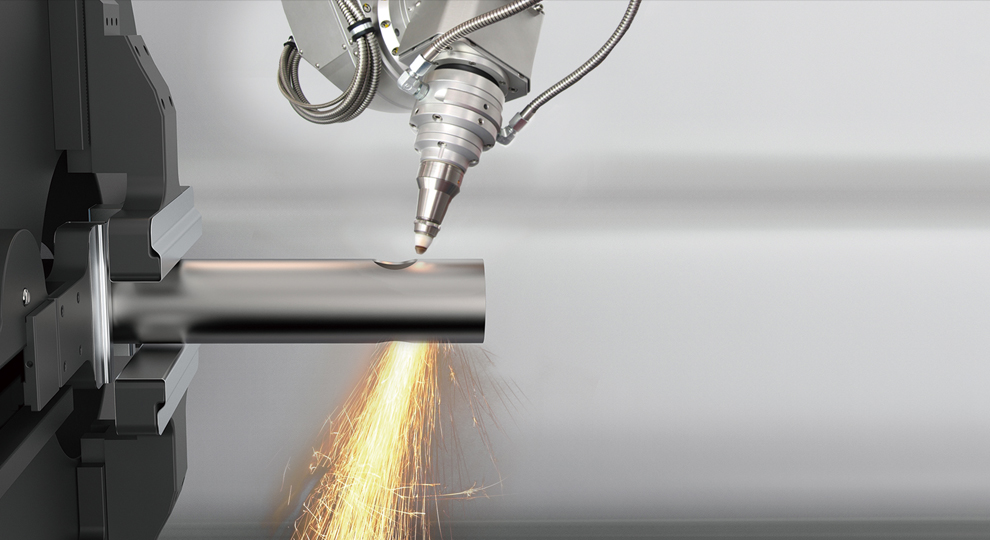The process of cutting high-strength alloys is a critical task in the realm of industrial manufacturing. With advancements in technology, methods for cutting these robust materials have evolved significantly. Understanding the intricacies involved in this process can greatly enhance efficiency and product quality.

What Are High-Strength Alloys?
High-strength alloys are metals that have been engineered to withstand extreme stresses and conditions. They are commonly used in industries such as aerospace, automotive, and construction. These alloys are known for their durability, resistance to corrosion, and ability to maintain integrity under high temperatures.
Why Cutting High-Strength Alloys Is Challenging
The toughness of these alloys presents unique challenges when it comes to cutting. Traditional cutting methods often fall short, leading to increased wear and tear on tools and machinery. This necessitates the development of specialized techniques to achieve precise cuts without compromising the material’s properties.
Advanced Cutting Techniques
Laser Cutting
Laser cutting is a popular method for processing high-strength alloys. It uses a high-powered laser to melt, burn, or vaporize the material. This technique allows for precise and intricate cuts with minimal waste. Learn more about carbon steel cutting at Modern Metalworks.
Waterjet Cutting
Waterjet cutting employs a high-pressure stream of water, often mixed with abrasives, to cut through tough materials. This method is ideal for heat-sensitive alloys as it does not generate heat during the process.
Plasma Cutting
Plasma cutting is another effective technique, particularly for thicker materials. It involves using a plasma torch to cut through metal by creating an arc that melts the material. This method is fast and efficient, making it suitable for large-scale operations.
Machine Tools for Cutting Alloys
The choice of machinery plays a crucial role in the effectiveness of cutting high-strength alloys. CNC machines, for example, offer automation and precision that manual tools cannot match. Explore the advantages of CNC over manual tools at CNC vs Manual Cutting.
Material Considerations
When cutting high-strength alloys, it is essential to consider the material’s composition and properties. Factors like thickness, thermal conductivity, and tensile strength can impact the choice of cutting method and equipment.
Innovations in Cutting Technology
Recent advancements have led to the development of more efficient and precise cutting technologies. Innovations such as automated laser systems and AI-integrated machinery are revolutionizing the industry, providing manufacturers with enhanced capabilities.
Safety Measures
Safety is paramount in any cutting operation. Operators must be trained to handle machinery safely and effectively. Implementing proper safety protocols can prevent accidents and ensure a smooth workflow.
Environmental Impact
The process of cutting high-strength alloys can have environmental implications. It is crucial to adopt sustainable practices, such as recycling waste materials and using energy-efficient machinery.
Cost Considerations
While advanced cutting techniques may require a higher initial investment, they often lead to cost savings in the long run due to increased efficiency and reduced material waste.
Future Trends
The future of cutting high-strength alloys lies in continued innovation. As technology progresses, we can expect to see even more sophisticated methods and machinery that will further enhance precision and efficiency.
Conclusion
Cutting high-strength alloys is a complex yet essential task in industrial manufacturing. By understanding the challenges and leveraging advanced techniques, manufacturers can achieve superior results. For more insights on precision cutting techniques, visit Precision Cutting Techniques.

FAQs
What are high-strength alloys used for?
High-strength alloys are used in industries like aerospace, automotive, and construction due to their durability and resistance to extreme conditions.
Why is cutting high-strength alloys challenging?
The hardness and toughness of these materials make them difficult to cut with traditional methods, requiring specialized techniques for precision and efficiency.
What is the most efficient method for cutting high-strength alloys?
The most efficient method depends on the specific alloy and application, but laser and waterjet cutting are often preferred for their precision and minimal waste generation.
This article contains affiliate links. We may earn a commission at no extra cost to you.

